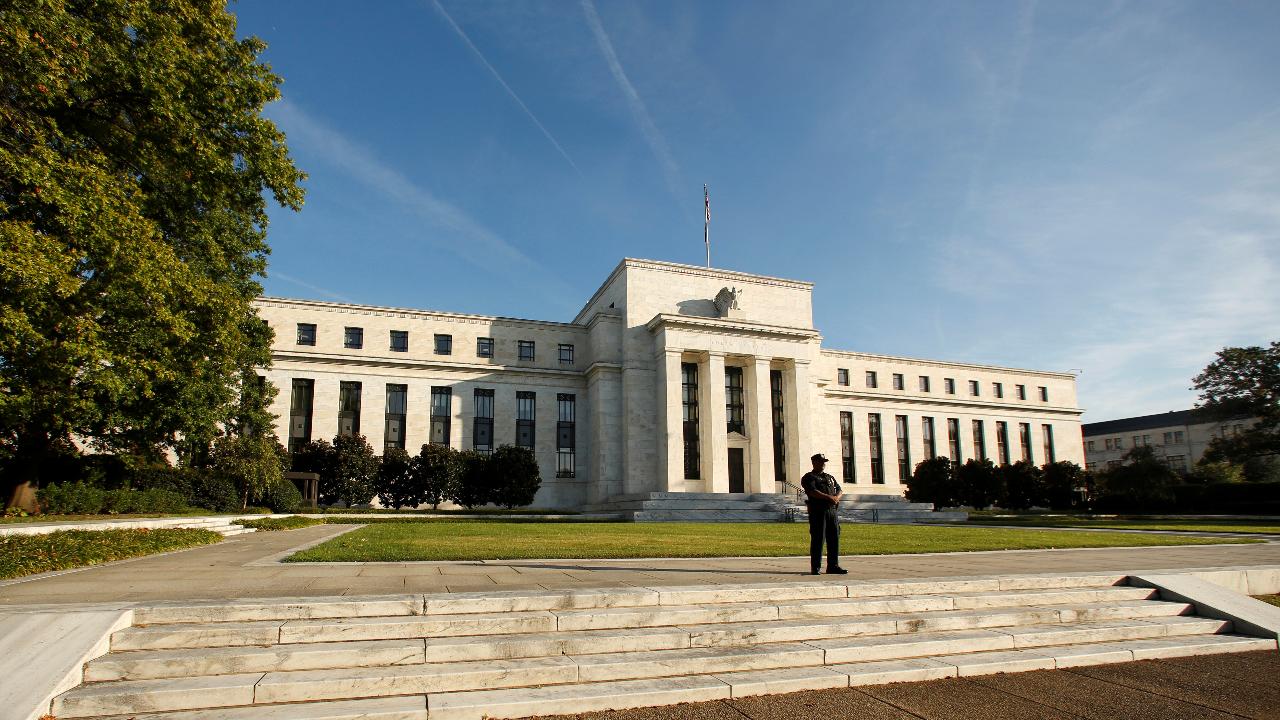US economy, markets: What to expect in 2019
While 2018 was largely characterized as a strengthening U.S. economy – equities are ending the year on a tumultuous note, causing concern among investors for the coming year.
The three major U.S. indexes are down more than 9 percent each so far this month.
In its latest US Economics Analysis, Goldman Sachs outlined its expectations for the coming year, from economic growth to Federal Reserve policy.
Here are some of the highlights:
Economic growth
While initially expecting the U.S. economy to expand at a pace of 2.4 percent in the first half of 2019, Goldman Sachs reduced that outlook to 2 percent. In the second half of the year, its outlook is even weaker, at 1.75 percent.
On a brighter note, the firm’s experts said they are not overly concerned about the prospects of a recession. In fact, they even believe a slowdown is even necessary to “land the plane.”
Other experts share that opinion. During an interview with "Fox News Sunday" over the weekend, Allianz Chief Economist Mohamed El-Erian also said he doesn’t believe a recession is likely.
“It’s certainly not becoming a reality,” El-Erian said. “You would need either a major policy mistake or a massive market accident to push us into recession. But we will slow down unless we build on the pro-growth policies.”
Tariffs
While Presidents Trump and Xi Jinping signaled that both were eager to advance trade discussions between the world’s two largest economies over the weekend, Goldman foresees the possibility for more escalation in the tit-for-tat tariff battle in 2019. They expect the Trump administration will raise tariffs on imports from China following the March 2 deadline – though a deal could be reached later in the year.
China’s economy and stock market are beginning to show signs of wear as trade negotiations have stalled. Chinese markets are on track for their worst annual performance in a decade, while government officials announced on Monday that manufacturing activity in the country fell short of expectations in December.
Labor market
The labor market made healthy strides in 2018, a trend that could continue into the new year. Goldman expects the unemployment rate to fall to 3.25 percent by the end of next year – though paycheck gains could remain muted. The bank says wage growth is likely to hover in the 3.25 percent to 3.5 percent range. Inflation will reach 2.1 percent at the end of 2019.
Federal Reserve
Amid strong criticism from Trump regarding its plan to gradually raise interest rates, the Federal Reserve increased the benchmark federal funds rate earlier this month, for the fourth time in 2018.
Following its two-day policy meeting, Fed chair Jerome Powell signaled that two more rate hikes were expected in the coming year, down from previous estimates of three in September.
Goldman Sachs forecasts a probability-weighted 1.2 hikes in 2019 – down from 1.6 – which would imply a stable fed funds rate next year.




















